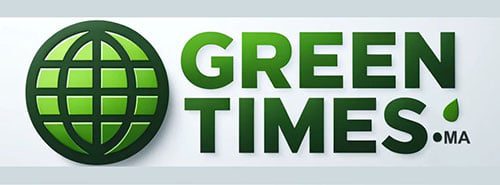Faced with the need to reduce the carbon footprint of greenhouse agriculture, researchers at CTIFL (Technical Center for Interprofessional Fruits and Vegetables) are multiplying initiatives. After three years of experiments on tomatoes and cucumbers, the first results confirm the potential of an energy-efficient approach, with an average reduction of 30 to 38% in consumption, with a measured impact on yields.
Controlled yields despite sobriety
For cucumbers, the Top Secret variety shows a yield of 26.1 kg/m² compared to 27 for the control crop, with larger fruits and a limited revenue gap of 2.9 €/m². For tomatoes, energy-efficient greenhouses have achieved a 38% reduction in energy consumption by 2025, with yields decreasing from 21.2 to 20.4 kg/m². This balance is considered acceptable, especially since trials have shown that a less pronounced sobriety (15% savings) might not even affect production.
Adjusting heating and climate management
One of the major levers is to lower the nighttime setpoint temperature to 15.5 °C, without heating spikes during the day. For cucumbers, rail systems have been favored, while for tomatoes, forced heating has been better adapted. The elimination of nighttime preheating has also led to notable gains.
To limit thermal losses, CTIFL has also tested closed screen panels at night. Their porosity allows some humidity to pass through, thus avoiding thermal shocks while maintaining a stable temperature.
Artificial intelligence enters the greenhouse
With the SES project, CTIFL and the company Cybeletec are exploring a more technological path. The goal: a 30 to 50% reduction in energy consumption through automated regulation, driven by AI. By analyzing weather data in real-time and plant behavior, predictive tools should allow for adjustments to optimize greenhouse climate. An operational version is planned for 2029, with a simplified dashboard accessible as early as 2026.
And tomorrow, the intelligent cold shelter?
Beyond heated greenhouses, CTIFL is also interested in cold shelters, which are more numerous in France. A first test with a thermodynamic dehumidifier increased the temperature by 1 °C at the end of the day while limiting humidity. The cost of the operation: 0.30 €/m² for 272 hours of operation and an initial investment of 13,000 euros. Adjustments still need to be made, particularly regarding the size of the equipment.
These works, still in the experimental phase, outline a concrete path towards a more sober greenhouse agriculture, without compromising economic performance.
Source: Pleinchamp.com


